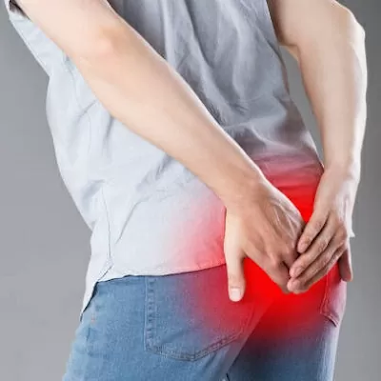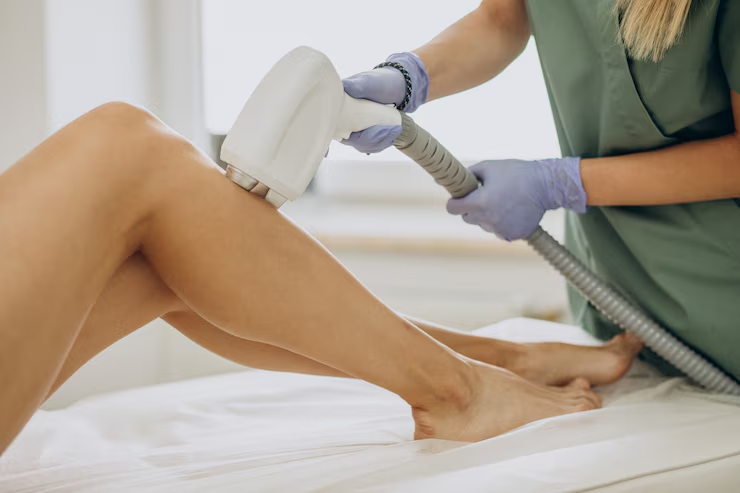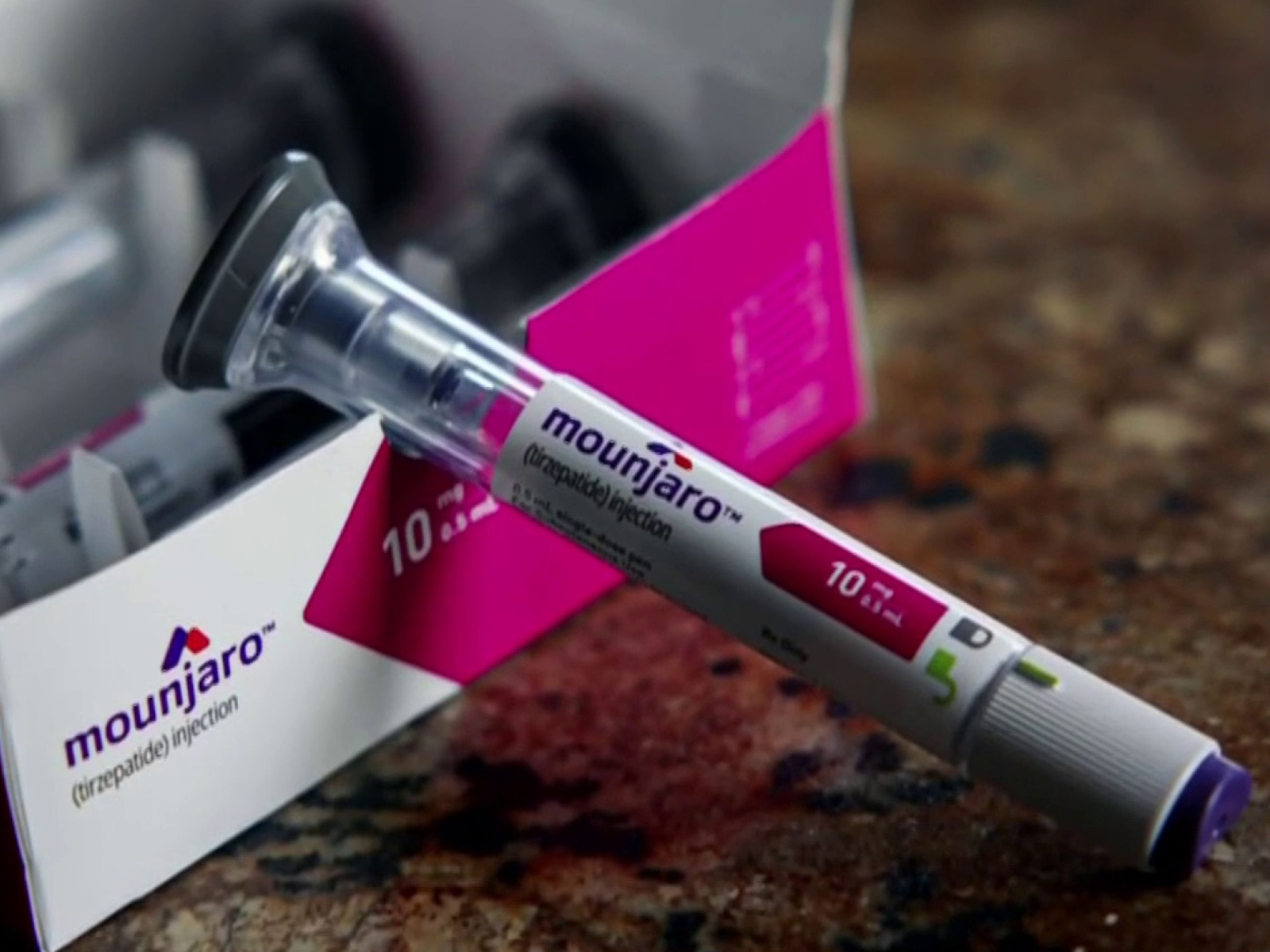Effective Hemorrhoid Treatment: Find Relief Fast
Hemorrhoids are a common yet uncomfortable condition that affects millions of people worldwide. Characterized by swollen blood vessels in the rectum and anus, they can cause pain, itching, and discomfort, making it difficult for sufferers to carry out daily activities. While hemorrhoids are typically not life-threatening, the symptoms can be particularly distressing. Understanding how to manage and treat this condition effectively is crucial for finding relief and improving quality of life.
Understanding Hemorrhoid Treatment in Dubai
In Hemorrhoid Treatment Dubai, individuals can access various modern medical solutions to address this painful condition. From non-invasive procedures to advanced surgical techniques, the city offers a range of treatments tailored to individual needs. It’s essential to seek medical advice from professionals who specialize in this field to determine the most appropriate treatment plan based on the severity of the condition. Knowing the options available can help you make an informed decision and find lasting relief from hemorrhoid discomfort.
What Are Hemorrhoids?
Before diving into treatment options, it’s important to understand what hemorrhoids are. Hemorrhoids, also known as piles, occur when the veins in the lower rectum or anus become swollen due to pressure. This pressure can be caused by several factors, including prolonged sitting, straining during bowel movements, pregnancy, or obesity. Hemorrhoids can be classified into two main types: internal and external.
- Internal Hemorrhoids: These occur inside the rectum and are usually painless, though they may cause bleeding during bowel movements.
- External Hemorrhoids: Found under the skin around the anus, these can be painful and may cause itching or swelling. In some cases, they may form blood clots, known as thrombosed hemorrhoids, which can be particularly painful.
Common Causes of Hemorrhoids
To treat hemorrhoids effectively, it’s important to address the underlying causes. Some of the most common factors that contribute to the development of hemorrhoids include:
- Chronic Constipation: Straining during bowel movements increases pressure on the veins in the rectum and anus, leading to hemorrhoid formation.
- Prolonged Sitting: Sitting for extended periods, especially on the toilet, can put extra pressure on the blood vessels in the lower rectum.
- Pregnancy: Pregnant women are more susceptible to hemorrhoids due to increased pressure in the abdominal region and hormonal changes that can affect bowel movements.
- Obesity: Excess weight, particularly in the abdominal area, can increase pressure on the pelvic region, leading to hemorrhoid development.
- Aging: As people age, the tissues supporting the veins in the rectum and anus can weaken, making them more prone to swelling and irritation.
Diagnosing Hemorrhoids
Before starting any hemorrhoid treatment, it’s essential to get a proper diagnosis from a healthcare professional. Diagnosis typically involves a physical examination of the rectal area, and in some cases, additional tests may be recommended to rule out other conditions such as colorectal cancer or anal fissures.
Common diagnostic methods include:
- Physical Examination: A doctor will examine the anal and rectal area to look for swollen veins or signs of irritation.
- Digital Rectal Exam: A gloved finger is inserted into the rectum to feel for abnormalities.
- Anoscopy: A small tube with a light is inserted into the anus to provide a clearer view of the internal hemorrhoids.
- Sigmoidoscopy or Colonoscopy: These procedures may be recommended to examine the lower colon and rectum for signs of more serious conditions.
Once diagnosed, treatment can be tailored to the type and severity of the hemorrhoids.
Non-Surgical Hemorrhoid Treatment Options
There are several non-surgical options available for treating hemorrhoids, especially in cases where the condition is mild to moderate. These treatments focus on reducing symptoms such as pain, swelling, and itching.
1. Rubber Band Ligation
Rubber band ligation is a minimally invasive procedure commonly used to treat internal hemorrhoids. During this procedure, a small rubber band is placed around the base of the hemorrhoid to cut off its blood supply. Over time, the hemorrhoid shrinks and falls off. This method is effective for small to medium-sized hemorrhoids and usually requires multiple sessions.
2. Sclerotherapy
Sclerotherapy involves injecting a chemical solution into the hemorrhoid to shrink it. The solution causes the blood vessels to collapse, leading to a reduction in the size of the hemorrhoid. This treatment is often used for smaller internal hemorrhoids and is less painful than other methods.
3. Infrared Coagulation (IRC)
Infrared coagulation is another non-invasive technique used to treat internal hemorrhoids. In this procedure, a special device emits infrared light to coagulate the blood vessels, cutting off the blood supply to the hemorrhoid. Over time, the hemorrhoid shrinks and resolves. This method is effective for small to medium-sized hemorrhoids and typically requires multiple treatments.
4. Laser Therapy
Laser therapy is a modern approach to treating hemorrhoids. In this procedure, a focused beam of laser energy is used to vaporize the hemorrhoid tissue. Laser therapy is effective for both internal and external hemorrhoids and is associated with minimal discomfort and a quicker recovery time compared to traditional surgery.
Advanced Surgical Hemorrhoid Treatments
In cases where hemorrhoids are more severe or do not respond to non-surgical methods, surgery may be necessary. Surgical treatments for hemorrhoids are designed to provide long-term relief by removing the hemorrhoid tissue or reducing its size.
1. Hemorrhoidectomy
Hemorrhoidectomy is the most effective surgical procedure for treating large or complicated hemorrhoids. During the procedure, the hemorrhoid tissue is surgically removed under anesthesia. This method is highly effective, but it can be associated with a longer recovery period and post-operative pain.
2. Stapled Hemorrhoidopexy
Stapled hemorrhoidopexy, also known as the Procedure for Prolapse and Hemorrhoids (PPH), is a less invasive surgical option. In this procedure, a special stapling device is used to reposition the hemorrhoid tissue and cut off its blood supply. Stapled hemorrhoidopexy typically involves less pain and a faster recovery time compared to a traditional hemorrhoidectomy.
Post-Treatment Care for Hemorrhoid Surgery
Proper post-treatment care is crucial for ensuring a smooth recovery after hemorrhoid surgery. Patients should follow their doctor’s recommendations closely to avoid complications and promote healing. Common post-treatment care tips include:
- Resting: It’s important to take time off work and avoid strenuous activities for a few days after surgery.
- Dietary Changes: Eating a high-fiber diet and drinking plenty of water can help prevent constipation and promote regular bowel movements, reducing the risk of recurrence.
- Pain Management: Over-the-counter pain medications and sitz baths can help alleviate discomfort during the recovery period.
- Avoiding Straining: Patients should avoid straining during bowel movements to prevent irritation of the surgical site.
Long-Term Management and Prevention of Hemorrhoids
Even after successful treatment, it’s essential to take steps to prevent hemorrhoids from recurring. Making simple lifestyle changes can help reduce the risk of developing hemorrhoids in the future.
1. High-Fiber Diet
A diet rich in fiber can help prevent constipation and reduce the likelihood of straining during bowel movements. Foods such as fruits, vegetables, whole grains, and legumes are excellent sources of fiber.
2. Staying Hydrated
Drinking plenty of water is essential for maintaining healthy digestion and preventing constipation. Aim to drink at least eight glasses of water per day to keep the digestive system functioning smoothly.
3. Regular Exercise
Engaging in regular physical activity can help improve bowel function and reduce the risk of hemorrhoids. Exercise helps stimulate intestinal activity, promoting regular bowel movements and preventing constipation.
4. Avoid Prolonged Sitting
Sitting for extended periods, especially on the toilet, can put pressure on the veins in the rectum and anus. If you have a sedentary job, make an effort to stand up and move around periodically to reduce the risk of hemorrhoids.
Conclusion
Hemorrhoids can be a painful and uncomfortable condition, but with the right treatment, relief is possible. In Hemorrhoid Treatment Dubai, various non-invasive and surgical options are available to address hemorrhoids effectively. Whether you opt for a non-surgical approach like rubber band ligation or a more advanced surgical procedure, it’s important to consult a healthcare professional to determine the most suitable treatment for your condition. Additionally, making lifestyle changes such as increasing fiber intake, staying hydrated, and avoiding prolonged sitting can help prevent future hemorrhoid flare-ups and promote long-term health.




Comments
Post a Comment